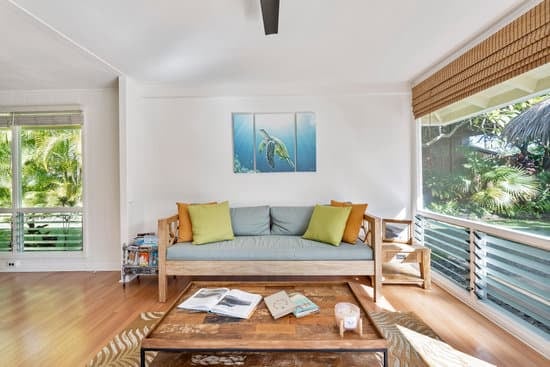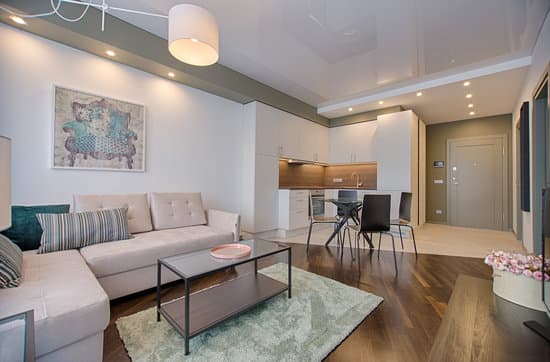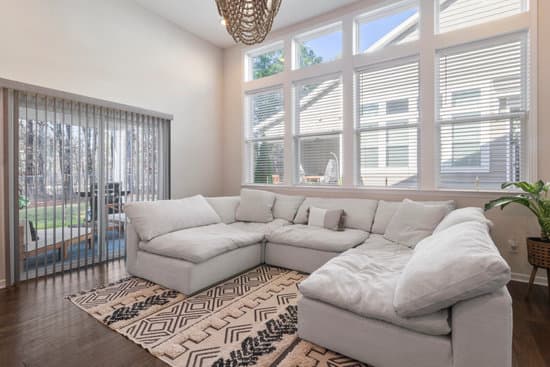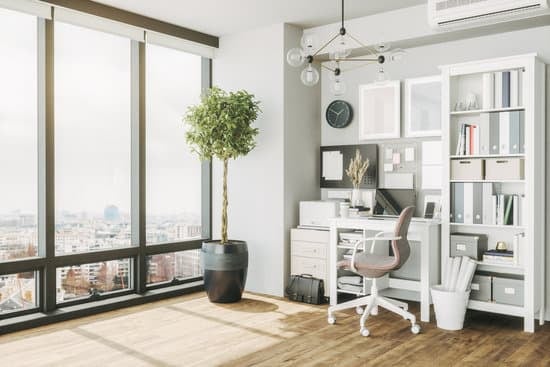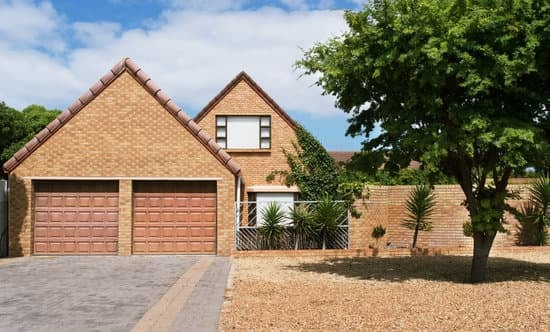Building a perfect kitchen island is not just about adding an extra surface to your kitchen. It’s about enhancing the functionality of your kitchen and adding a statement piece. To create the perfect kitchen island, consider the following tips:
Consider how you’ll make use of the kitchen island: Think about what activities you’ll be doing on your kitchen island. Will you be using it for food prep, cooking, or eating meals?
Make sure the size of the island is in proportion: The size of your kitchen island should be in proportion to the size of your kitchen. A large island in a small kitchen will look overwhelming, while a small island in a large kitchen will look insignificant.
Make sure there is enough space for the island: The space around the kitchen island is just as important as the island itself. Make sure there is enough space for people to circulate around it comfortably.
Choose between freestanding and fitted kitchen islands: A freestanding kitchen island allows for more flexibility and can be moved around if needed. A fitted kitchen island is more permanent and can be built to match the rest of your kitchen.
Mix shapes to create interest and balance: Experiment with different shapes, such as a circular or oval island, to create visual interest and balance with the rest of your kitchen.
Play with colors: A kitchen island is a great opportunity to introduce a pop of color to your kitchen. Consider a brightly colored island to add personality and style.
By considering these tips, you’ll be sure to create a perfect kitchen island that not only enhances the functionality of your kitchen but also adds a beautiful statement piece.









